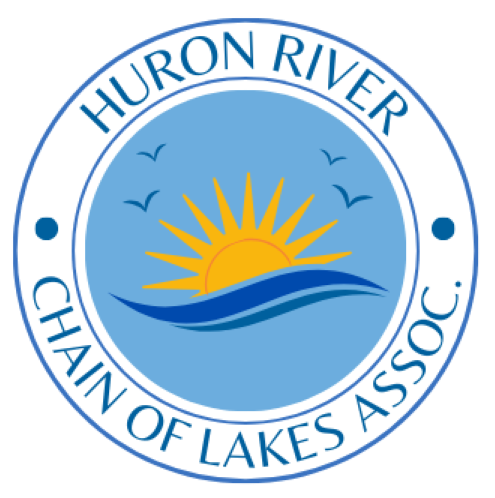Tips for Fishing the Huron River Chain of Lakes
Tips on Fishing the Huron River Chain of Lakes
By Craig Kivi
Those of us living on the Portage Chain of Lakes are truly blessed with some of the finest fishing in the State, yet not many people know it. Among the most popular game fish are Largemouth and Smallmouth Bass, Northern Pike, Walleye, Sunfish, Bluegills, Rock Bass, and Crappie, all of which are certainly catchable, however Walleyes can be somewhat of a challenge.
The key to fishing the Chain is simplicity. After over 50 years of fishing this wonderful resource, I think I’ve got it broken down to a couple of fundamentals that give anglers ranging from beginners to even the most experienced angler a straightforward way to catch fish reliably. In most cases it’s simply a matter of where one should fish, what one should fish with, and how one should fish.
Where to fish:
Throw away about 90% of the entire lake except that portion called the “drop off” (where the depth increases suddenly and dramatically – usually further identified by the long line of swimming rafts). There will almost always be weeds on the drop off, and the drop off area circles the entire lake in most cases, and interestingly follows the shoreline contour. Focus your fishing here exclusively. Fish will be on the shallow edge and/or the deep edge of the weeds most of the time, where they can feed and hide as required.
A Circle Hook
Let’s start with Bluegills and Sunfish, most popular with kids, and it’s important for them to have fish after-fish action to keep from getting bored. Fishing on the drop-off, the old-fashioned bobber, hook, and worm is the best choice. Make sure you use true #8-sized “circle hooks, ”available at our favorite marina, as fish rarely swallow them, and they are safer. Use light line, such as #4 pound test. Set the bobber 3 feet from the hook to start, cast along the weed edge, and stay with it. If you don’t get action in 15 minutes, move to another drop-off section until you find fish. If you don’t catch fish in an hour or so, try a different day or time of day—they either are biting or not.
By the way, here’s a note about equipment. Never buy cheap equipment for kids – or yourself, unless you want you or your kids to hate fishing. No Snoopy rods or blister pack junk. There’s enough trouble with great fishing tackle, so buy great stuff and give yourselves a chance to enjoy the sport.
Next, let’s try for some Largemouth and Smallmouth Bass, and Rock Bass. Again, we use light line such as #6 pound, a #1/0 circle hook, tie 8” of line to it, tie a #10 barrel swivel on the other end, and tie that to the line coming from the rod. It sounds complicated, but it’s not. Lastly, simply hook a small plastic lure (6” plastic worm, 3” “tube”, or plastic crayfish) to the circle hook by the very tip. I know tradition says to “thread” everything on the hook, and hide the hook, use a jig or a heavy weight, etc., but it isn’t necessary, the plastic lure has far more action if hooked just by the tip, and the hook is more effective. Plus, fish love to see these plastic lures gently sinking. Cast this simple rig along the drop offs, along weed edges, and reel it in slowly while you twitch it gently to give it some action. Keep moving along the drop off.
I used to own a sporting goods store and had wholesale accounts where I could buy thousands of dollars of fishing tackle, and I did. I didn’t catch any more fish than I do now (I think I catch more and have way more fun), and my tackle box can fit into a small lunch box; just some circle hooks, plastic lures, and swivels.
Give this a try, stay with it, you will be surprised at how well you do and how much fun it is to add this to the hundreds of fun things to do on our wonderful chain of lakes.



